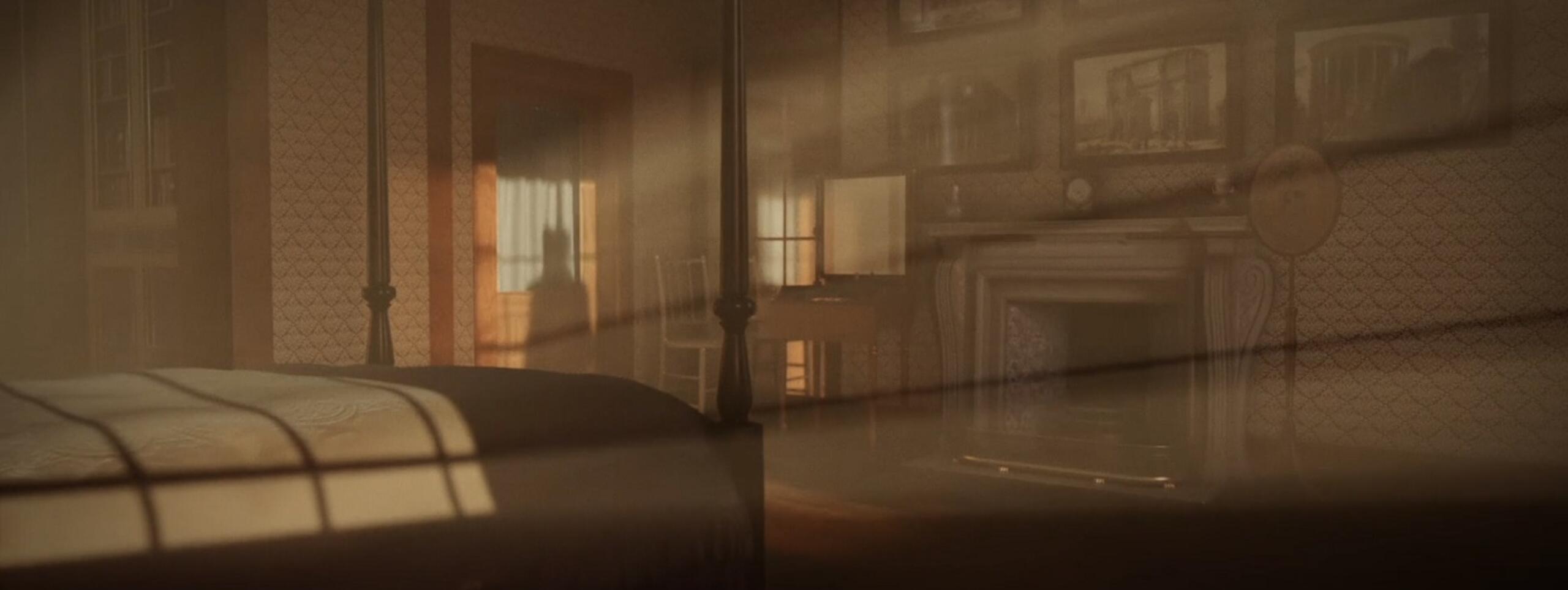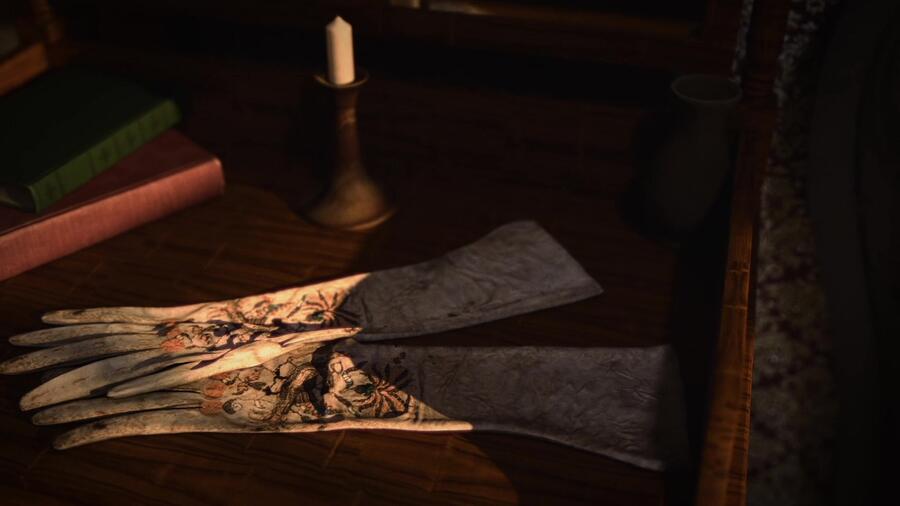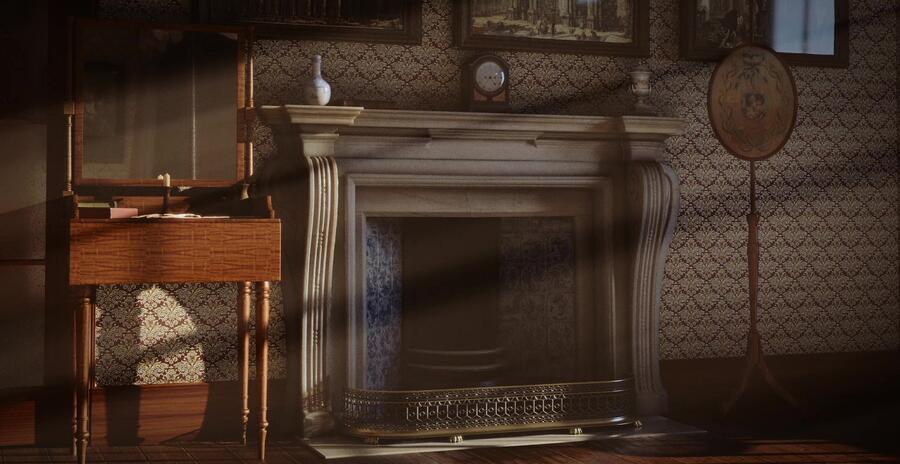The film's striking visual precision is the result of cutting-edge photogrammetry, a process by which objects can be modelled and places mapped through thousands of photographs. It's a technique often associated with archaeology and Creamer's work has undoubtedly involved archaeological processes of excavation and reconstruction. Through dedicated archival research she has collaged together words and phrases dug up from letters and diary entries by John Soane and others, threading together a three-act choral libretto of lamentation and loss.
By all accounts, John Soane never got over Eliza's death. His architecture is imbued with mourning and the public performance of widowhood became an important part of his identity. For nineteen years after her death, he ensured that Eliza's bedroom was maintained unchanged. In effect, the room became a museum – materially the same as it had been during Eliza's life but, in terms of function and significance, altered completely. In Creamer's film reconstruction, every object is imbued with emotional significance and symbolic possibility. As the libretto laments the coldness of a corpse's hands, we see the objects those hands once touched: a small Wedgwood urn painted with flowers by Eliza, or a cherished pair of embroidered gloves (to keep living hands from being touched by dirt or time). An unlit candle and a stopped clock gesture towards the possibility of a moment fixed in perpetuity.


